Tenda AC6 WiFi router: Pros and Cons
The Tenda AC6 (AC6) router released in 2016. It is powered by Broadcom BCM53578 @ 900 MHz chipset, 64 MB of RAM and 8 MB of flash. The AC1200 router is compatible with IEEE 802.11a/b/g/n/ac standards, and the maximum speed that you can get with AC6 is 300 + 867 Mbps. The router has 1 x 10/100 Mbps WAN and 3 x 10/100 Mbps LAN ports.
Table of Contents
Our personal experiences and opinions form the basis of this article. We aimed to share insights on a topic, and we hoped others would find it useful and inspirational. The specs below rely on official manufacturer data, but we also consider user reviews. If you noticed any mistakes or missing details about the Tenda AC6, please let us know. Furthermore, we strive to deliver a thorough and precise overview.
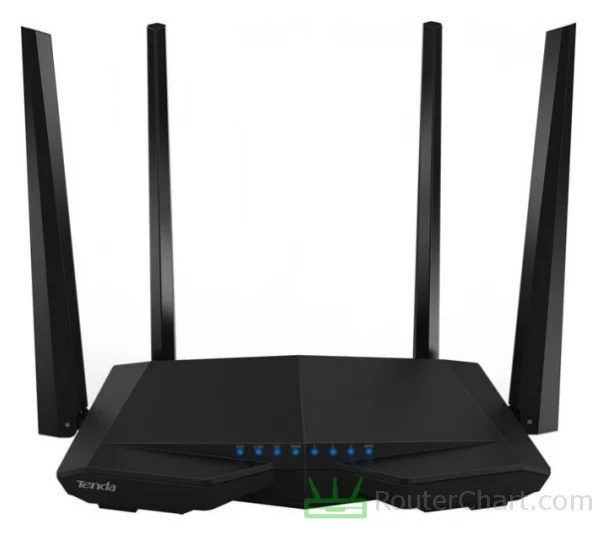
The AC6 is a powerful router. It is full of features and made for advanced networking. Tenda routers are generally known for their user-friendly design and easy setup process.
Tenda AC6 specifications
| Brand | Tenda |
|---|---|
| Name | AC6 |
| Type | AC6 |
| Rating | |
| Launch | 2016 |
Body
| Dimensions | 220 x 141.5 x 49 mm |
|---|
The dimensions and design of a router can impact its cooling capabilities. Routers with larger dimensions may have more space for internal cooling mechanisms.
System
| Chipset | Broadcom BCM53578 @ 900 MHz |
|---|---|
| RAM | 64 MB |
| Flash | 8 MB |
| OS | Tenda |
| Power supply | 12 V / 1 A |
The Tenda AC6 router has a Broadcom BCM53578 @ 900 MHz processor. The 64 MB of RAM enables the router to handle multiple tasks and processes concurrently. Flash memory retains its data even when the router is off. This allows the router to keep its firmware and settings across reboots. Tenda often releases firmware updates. They improve the router's features, security, and bugs. They also add new features. The 12 V / 1 A PSU provides power to the router. If it breaks, you can replace it with a new one.
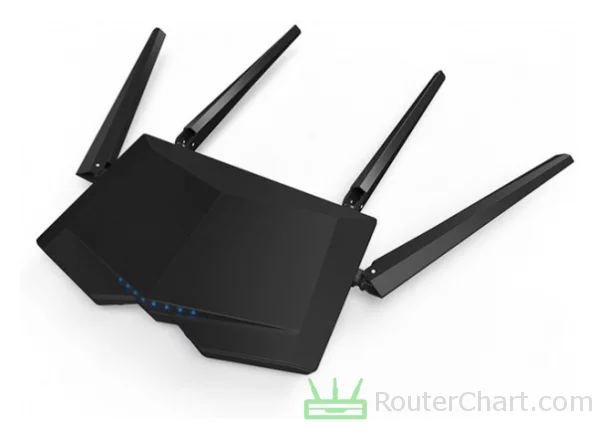
Network
| Protocols | IPv4 IPv6 |
|---|---|
| LAN ports | 3 x 10/100 Mbps |
| WAN ports | 1 x 10/100 Mbps |
| Mobile network | no |
| VPN support | no |
Like many modern routers, the Tenda AC6 supports many features and tech. They improve your network's connectivity and security. The IPv4 is the fourth iteration of the Internet Protocol (IP). It is the most widely used version of IP on the internet today. The latest firmware supports IPv6. It provides a system to identify and locate computers on networks. The WAN port on the AC6 router is a Fast Ethernet port, not a Gigabit Ethernet.
Wireless
| Antennas | 4 x 5 dBi fixed |
|---|---|
| 2.4 GHz | yes |
| 5 GHz | yes |
| 60 GHz | no |
| Standards | IEEE 802.11a/b/g/n/ac |
| Class | AC1200 |
| Speed | 300 + 867 Mbps |
| Transmit power | 23 dBm |
| Security | WEP WPA WPA2 WPS |
| Guest network | yes |
This router has 4 x 5 dBi, fixed antennas. Antennas are key parts of wireless routers. They send and receive radio signals to make wireless connections. The AC6 is compatible with 2.4 GHz Wi-Fi networks. The 5 GHz band is less crowded. This leads to less interference and a clearer wireless signal. The AC6 router is 5 GHz capable. The Wi-Fi router offers fast data speeds. They are good for streaming HD video, online gaming, and large file transfers.
The top speed, 300 + 867 Mbps, is the highest data rate the router can reach. It's the theoretical limit in perfect conditions. WEP was the first Wi-Fi security protocol. But it is now seen as weak and easy to hack. The introduction of WPA2 (Wi-Fi Protected Access 2) improved upon WEP. It provides stronger security. WPS (Wi-Fi Protected Setup) provides an easy method. It connects devices to a Wi-Fi network.
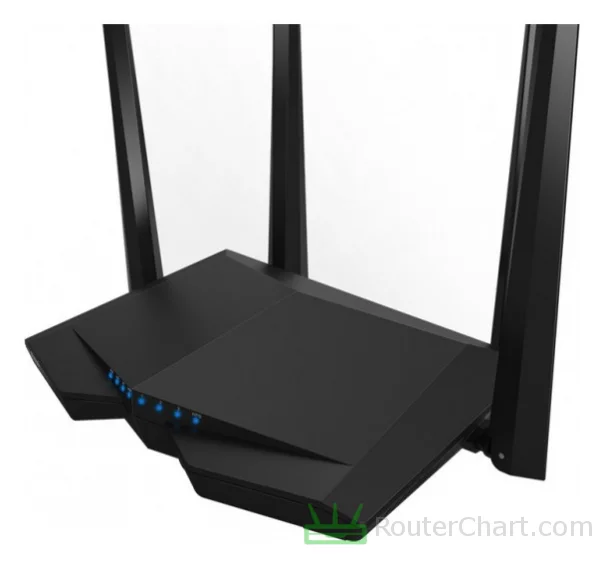
Connectivity
| USB ports | no |
|---|---|
| Print server | no |
| File server | no |
The AC6 router doesn't have file-server or print-server functionality.
Administration
| Default IP | 192.168.0.1 |
|---|---|
| Default username | [blank] |
| Default password | [blank] |
Changing the password often is a good security practice. It protects your network and devices from unauthorized access. Changing the default password improves your router's security. It reduces the risk of unauthorized individuals controlling your network.
Pros and Cons
Every router, including this Tenda one, has its good sides and not-so-good sides. Let's take a closer look at both to get a full understanding of what this router can do. We'll talk about what it does well and also where it could use some improvements. Just remember, this is just what I think, and you might see things differently.
Pros
- sufficient memory
- IPv6 capable
- works on 5 GHz band
- WPS friendly
Cons
- insufficient flash
- lack of Gigabit LAN
- Non-gigabit WAN port
- missing Wi-Fi 6 support
- incompatible with WPA3
- no USB connectivity
Tenda AC6 photos
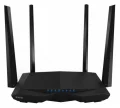
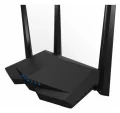


If there’s information about the Tenda AC6 that you would like to see on this site, then write to us.

